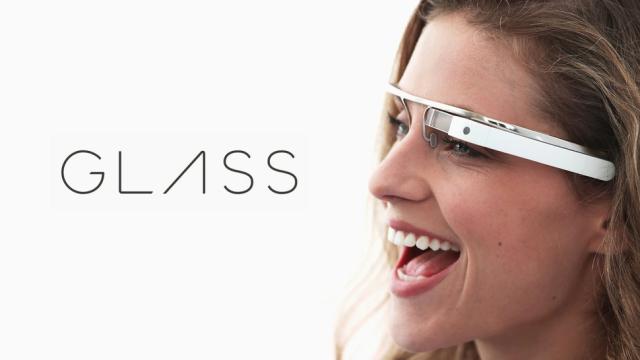Gary Shteyngart, novelist and fond admirer of Koreans, wrote maybe the best explanation of what it’s like to use Google Glass for The New Yorker this week. Shteyngart was one of the first to receive Glass, as part of the Glass Explorers program, and he writes about a week’s worth of the telling little moments of using it.
Before I leave, Aray and I have a Google “hangout.” We essentially swap identities. I see what she sees through her Glass, which is me. She sees what I see through my Glass, which is her. We bring our faces closer, as if approaching a mirror, but the feeling is more akin to being trapped in an early Spike Jonze movie or thrust into an unholy Vulcan mind meld.
For the first time, Aray is not seamlessly woven into her technology. “I’m not going to lie,” she says. “It’s a little freaky.” We give each other a hug as we part.
And, after being shooed off by a museum guard hip to Glass’s recording:
After the disappointment at the Guggenheim, I do a hangout with my friend Christine at moma PS1, in Long Island City. I want to see an exhibit called ProBio, which, according to the museum brochure, “explores the theme of ‘dark optimism.’ ”
“Some scientists and thinkers have speculated that, with the advancement of applied biological science, humankind may no longer be subject to Darwinian natural selection,” the text reads. I rush through the exhibit, my Glass darting around the sociopolitical extravaganza, but I’m so busy making sure Christine gets a good look that I barely comprehend any of it.
And then this is basically it, exactly:
By Union Square, a homeless veteran in an “i ♥ ny” T-shirt is writing a fresh plea on a piece of cardboard. “O.K., Glass,” I say. There’s a moment of indecision. What am I doing here, exactly? But then I succumb to the fear of not capturing the right pixels, of not documenting something that might someday prove useful. “Take a picture.”
The next day, I head to my country place, upstate, and I have another hangout with Christine. I show her the residents of the sheep farm next door. Taking photos and videos of unsuspecting country animals is one of the great benefits of Glass (groundhogs and sheep alike freak out when you point an iPhone at them). Then I lie down on my lawn, sweating in the hundred-degree heat. “Cool,” Christine says, as she sees the sky above me and some of the trees, their leaves burnt orange from the horde of cicadas that had just made a feast of them. “It kinda looks like an aurora,” she says of the sky. “The limited bandwidth makes for all these gradations.” I record a bit of the sun peeking out from behind a maple, or what I think is a maple. In fact, it may be high time to Google maples, but a light, welcome breeze wends its way in from the direction of the sheep farm, and, suddenly exhausted, I close my eyes.
Shteyngart, who wrote the chillingly prescient Super Sad True Love Story before anyone could possibly know how prescient or chilling it could become, is sort of a perfect test pilot. He understands technology, and its potential to move in strange yet logical ways. But he’s also not an uber-geek, hacking Glass into whatever he needs it to be. He just sort of wears it, like you would.
Honestly, stop reading this post now. Just go read Shteyngart’s article, it’s really good. [New Yorker]
